Frequently Asked Questions about Tibet and Silk Road Tour
What highlights to expect during Tibet and Silk Road tour?
Taking a tour of the amazing Silk Road on your journey to Tibet is an awesome experience, and one that will leave you breathless with wonder. Some of the major attractions on any tour of the Silk Road include the amazing Mogao Grottoes in Dunhuang, which are considered to be the largest treasure trove of Buddhist art in existence. You can also find the time to visit the beautiful Crescent Lake, as well as the Singing Sand Dune, which makes beautiful sounds caused by the wind blowing the sand across the dune. You can also try riding camels across part of the local desert.
The Silk Road continues to Turpan, where you can visit the Suleiman Market and the ruins of the Ancient City of Jiaohe; to Urumqi, the capital of Xinxiang, to visit the Id Kah Mosque and the tomb of Abakh Khoja; and to Kashgar, where you can visit the Comer Lake, Sand Mountain, Mount Muztagh Ata, and Lake Karakul.
When is the best time to take a Tibet and Silk Road tour?
Since most Tibet and Silk Road tours usually only include Lhasa in Tibet, you can take this trip at any time of the year. Lhasa is one part of Tibet that you can visit throughout the year, with milder climate than the west of the region, and relatively mild winters.
The Silk Road part of the tour, through Xinjiang Province, is also open for the whole of the year. Lying to the north of Qinghai and Tibet, Xinjiang is a wondrous place of deserts and remote oasis locations, as well as high mountains and remote valleys. The best time for this is actually from June to September, when the weather is at its best. However, while winter can be cold, it is still comfortable for travel in the snowy areas, and as spring rolls in, the weather gets warmer and drier.
What are the required documents for Tibet and Silk Road tour?
Depending on where you are traveling in Tibet, you will require a number of documents for the trip. As well as your normal Chinese Entry Visa, you will need the Tibet Travel Permit for travel into the region and around the area of Lhasa. If you are traveling outside the capital area, you will also need the Alien’s travel Permit, for travel to areas such as Shigatse and EBC, and the Military Permit for travel into areas of Ngari. All of these permits are obtained by us once you have booked your tour.
Xinjiang and mainland China do not have the permit requirements of Tibet, and for the trip through these areas, you will simply need your passport and standard Chinese Entry Visa. The visa can be obtained from your home or resident country before you travel, and is required in order to obtain your permits for Tibet.
How long it will take to travel overland from Lhasa to Kashgar?
If you are taking the Xinjiang Tibet Highway from Lhasa to Kashgar, then you should plan on a tour of around 16-21 days, depending on what you want to see along the way. The route from Lhasa takes you west through Gyantse and Shigatse, and often stops to visit Everest Base Camp, before continuing to Saga. From here, you travel northwest to Darchen, at the foot of the sacred Mount Kailash. A longer tour is required if you plan to include the three-day Mount Kailash Kora trek in your itinerary, after which you continue the trip north. The final leg of the trip passes through Shiquanhe and into Xinjiang, running through Li Yinfang and Karghalik to reach Kashgar.




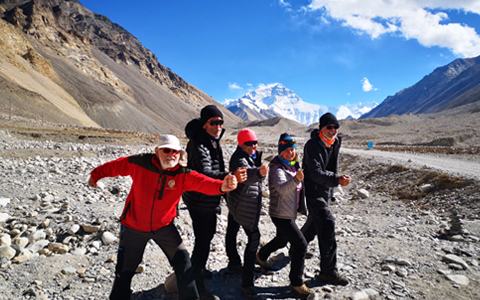
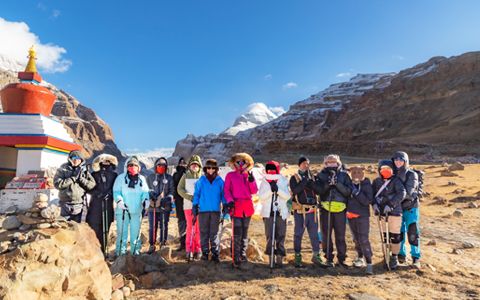
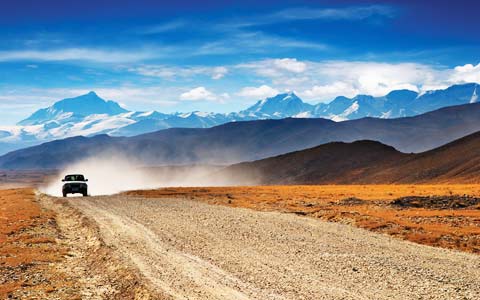
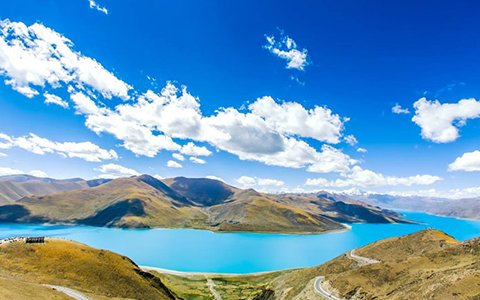
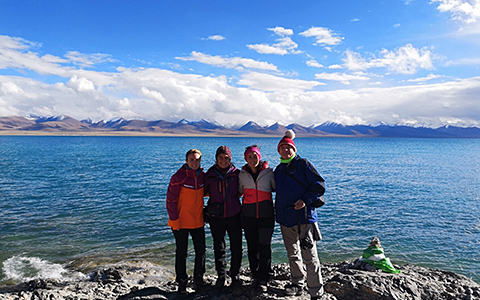
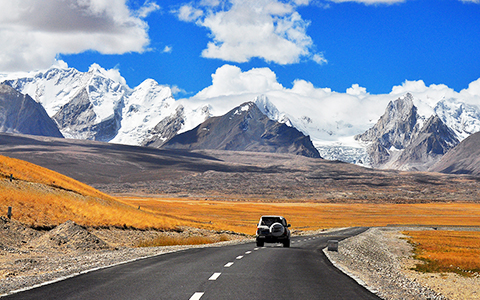
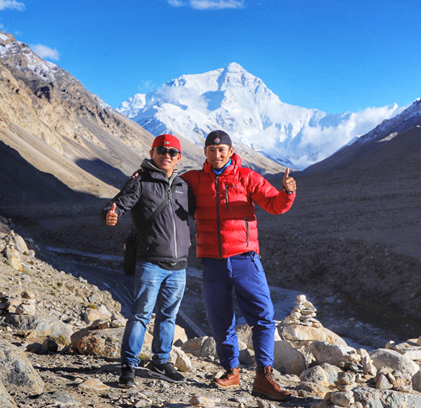
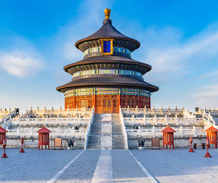
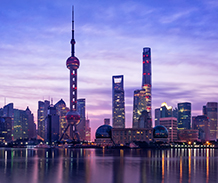
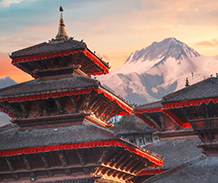
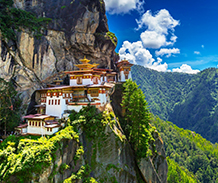
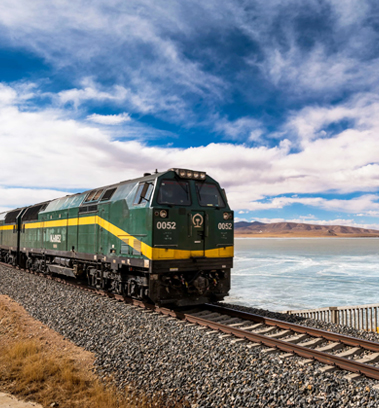

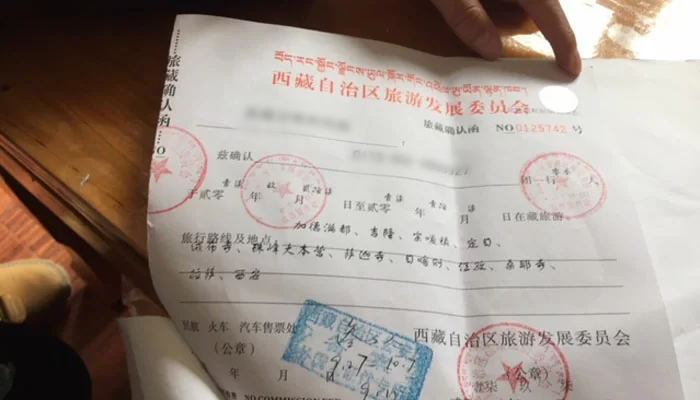
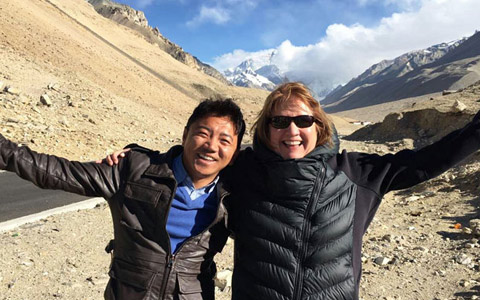
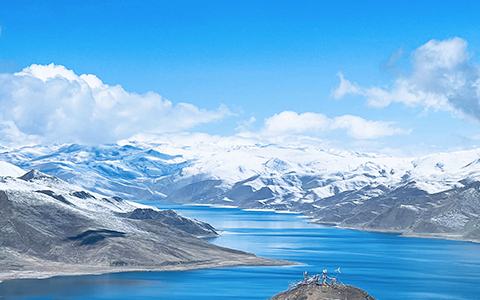
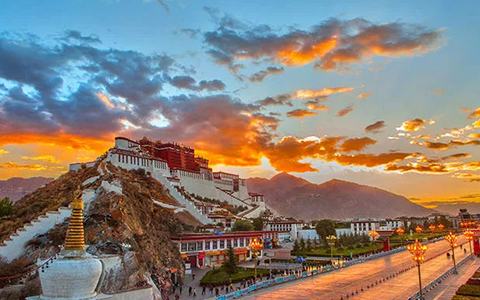
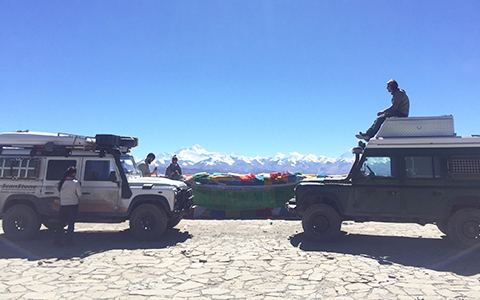










Ask a Quick Question